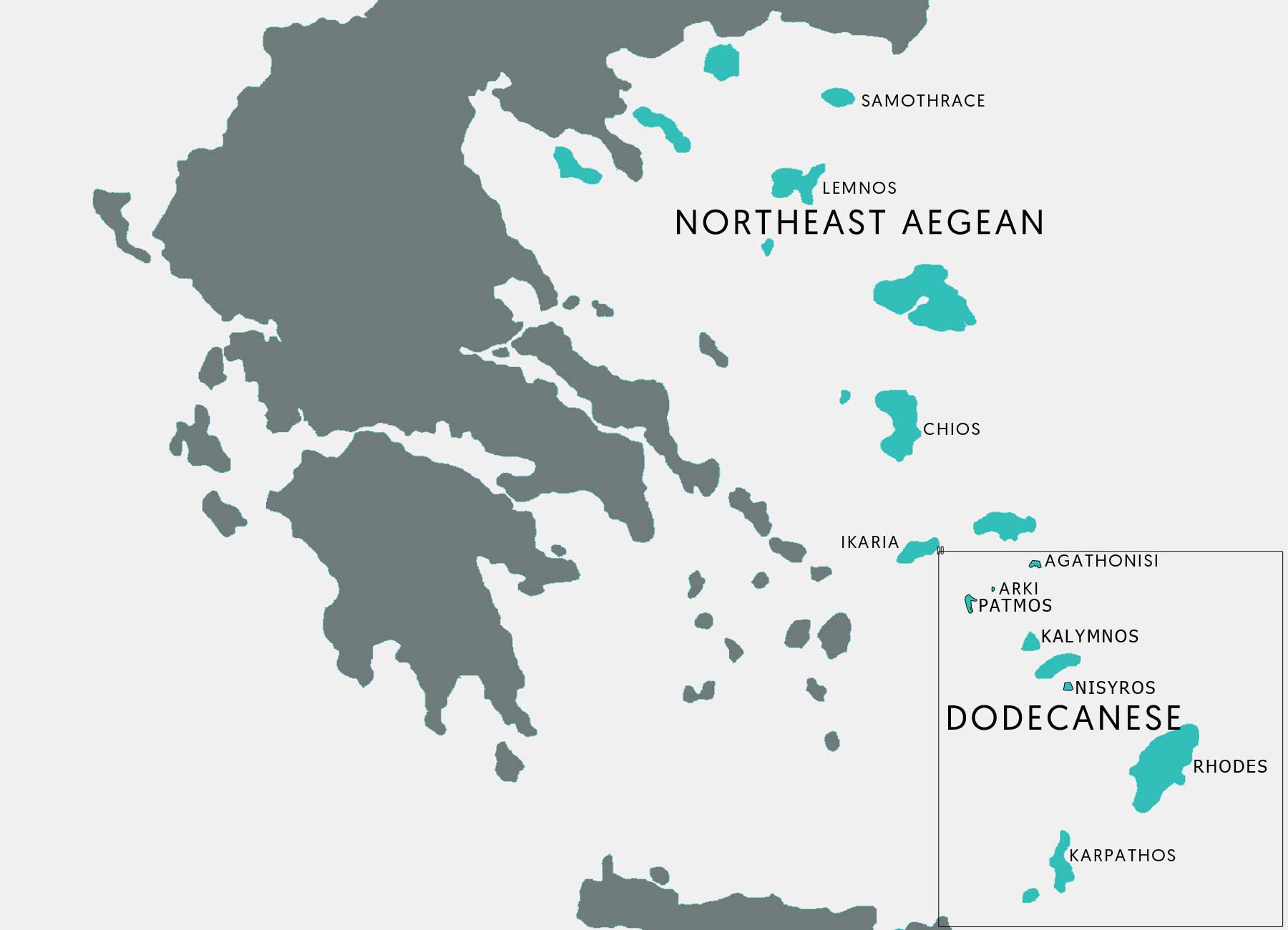The Greek Islands: Dodecanese and Northeast Aegean
The Greek Archipelago is a unique phenomenon of Greece’s morphology and the European continent.
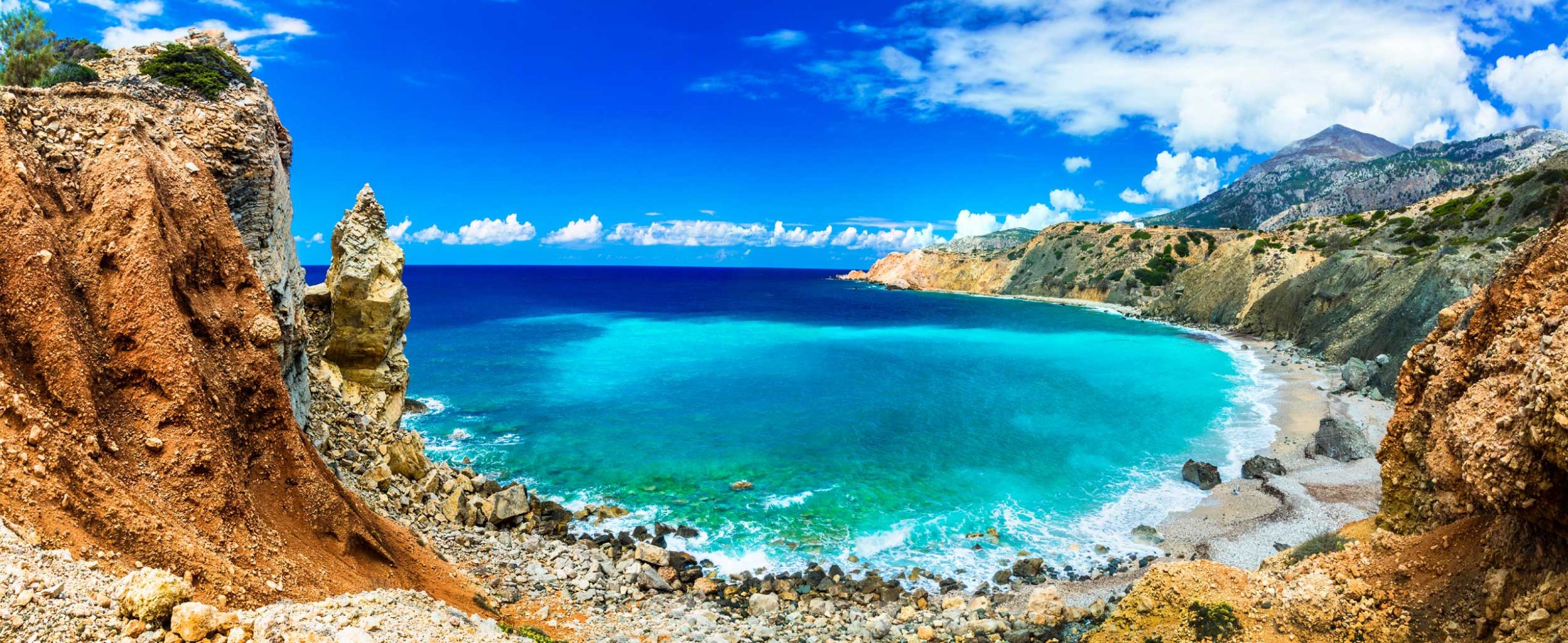
Stretching over 7500 kilometres of the country’s total 16,000-kilometre coastline, the Greek islands offer an amazing opportunity to enjoy the best holidays of a lifetime. Choosing an island can be quite overwhelming though; here’s our guide to the most beautiful destinations in the Dodecanese and Northeast Aegean Islands. For the other islands, read The Greek Islands: Cyclades and Ionian.
Dodecanese Islands
Agathonisi | Arki | Karpathos | Nisyros | Kalymnos | Rhodes | Patmos
Northeast Aegean Islands
Chios | Ikaria | Lemnos | Samothrace
Dodecanese Islands
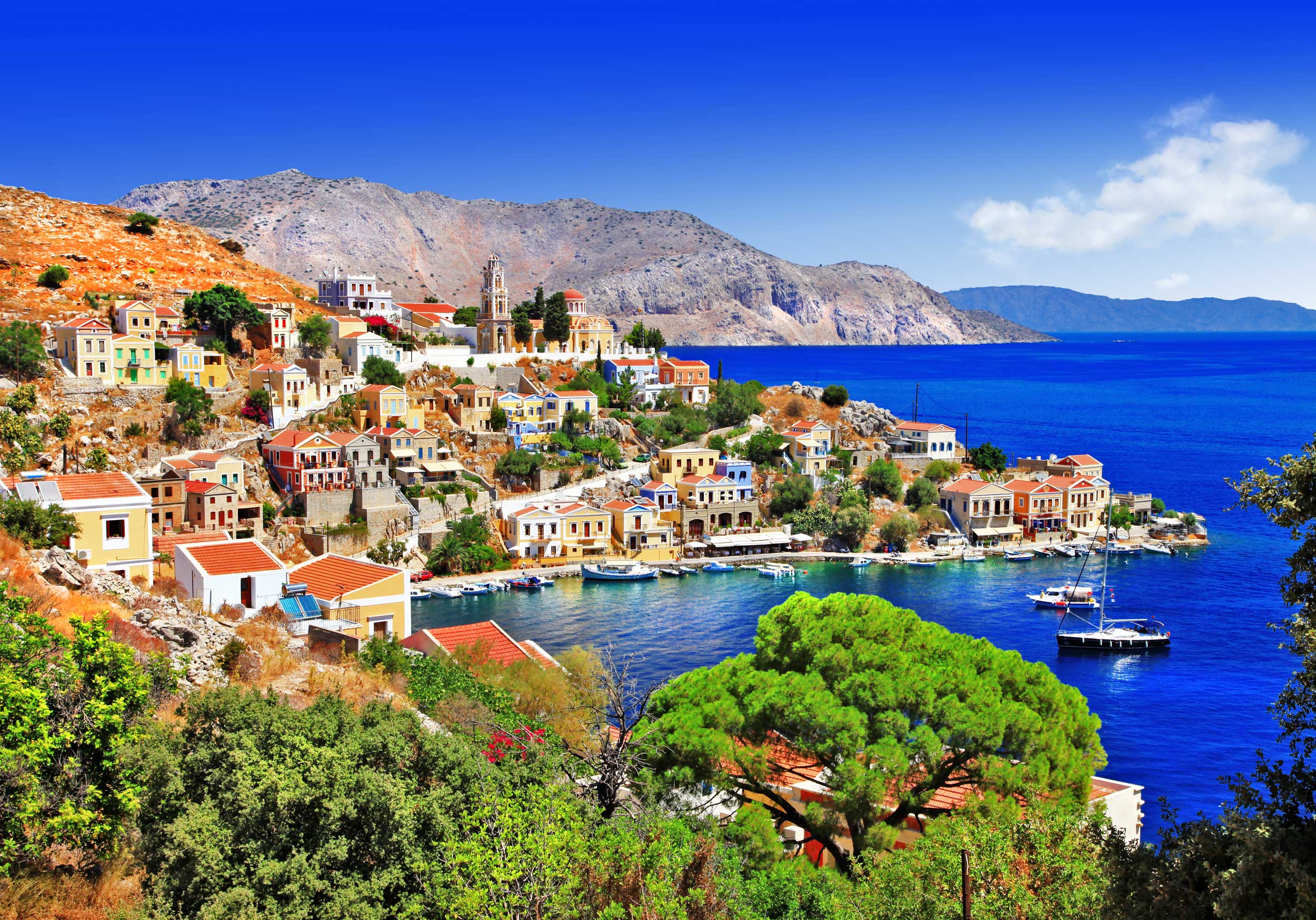
Conquered by medieval knights, Byzantine emperors and Ottoman sultans, the 12 islands of the Dodecanese showcase their colourful history through traces of cultural and military triumphs.
Overview: Wrapped around the shores of Asia Minor, the islands of the Dodecanese ignite the imagination. In Rhodes, the biggest island of the complex, travellers will have the rare opportunity to stroll in one of the best preserved medieval cities of Europe, a mosaic of different cultures and civilizations. The beauty of Ancient Greece meets the Orient by way of Italian sophistication on Kos, where visitors tread in the footsteps of medicine in the homeland of Hippocrates. Blessed with wild natural beauty, Kalymnos has one of the best rock climbing fields in Europe, offering ecstatic experiences for adventurers while the energy of Nisyros’ active volcano rumbles close by. Karpathos and Kasos are two of the most authentic islands of the group, where visitors can join in with traditional feasts and festivals to the sound of lute and lyre. Patmos, the island of the Apocalypse, radiates spiritual glory and Leros, just a few kilometres away, will make wanderers appreciate the simple moments in life. It is impossible to determine which island group they have visited upon setting foot on Astypalea as the main village (Hora) has typical Cycladic architecture. Halki, Kastelorizo and Symi — with their colourful settlements and aristocratic allure — these are islands of peaceful isolation. Nature lovers should visit the ghost village of Mikro Horio, which comes alive only at night, and enjoy the striking flora and fauna through the old trails of Tilos. Finally, Agathonisi, Arki, Lipsi, Pserimos and Telendos — the smallest islands of the Dodecanese — offer an escape from ordinary life in the mild rhythms of a bygone era.
Landscape: Countless archaeological sites, Byzantine monuments, medieval architecture and peaceful beaches await travellers who explore both the well known and lesser known destinations.
Best for: Hiking enthusiasts and naturalists, rock climbers, culture seekers, divers, kitesurfers and archaeologists. Ideal for families, romantic getaways and escapes with friends.
Budget: As in the Cyclades, accommodation options in the Dodecanese are plentiful, from luxurious resorts and boutique hotels to traditional lodges and rooms to let.
Postcard image: Strolling along the cobblestoned alleys of Rhodes Town, one of the best-preserved medieval cities in Europe, or climbing in the cliffs of Kalymnos’ fields.
Agathonisi

Why go: The tiny island of Agathonisi, at just 14 square kilometres, is a paradise on earth. Those seeking a hideaway escape will be rewarded by its virgin natural beauty and sheltered bays. Agios Georgios, is the main harbour of the island, where fine seafood can be appreciated at the seaside taverns. It is well worth visiting the tholoi (ancient domes) that were used as food warehouses in the 11th century. Bird-watchers should know that Agathonisi has been declared a valuable shelter of rare bird species by the European Network of NATURA 2000, the European conservation program with the largest coordinated network of protected areas in the world. The island’s beaches are accessible by pathways, with Gaidourovlakos, Poros, Spilia and Vathi being some of the best.
Travel tip: Agathonisi serves as a major stopover point for migratory bird species arriving from Africa and travelling to Europe, and vice-versa. Some of the most rare species find shelter on the slopes of the northern tip of the island, and include the Seagull of the Aegean (Larus Audouinii) and the Silver Seagull (Larus Argentatus).
Arki
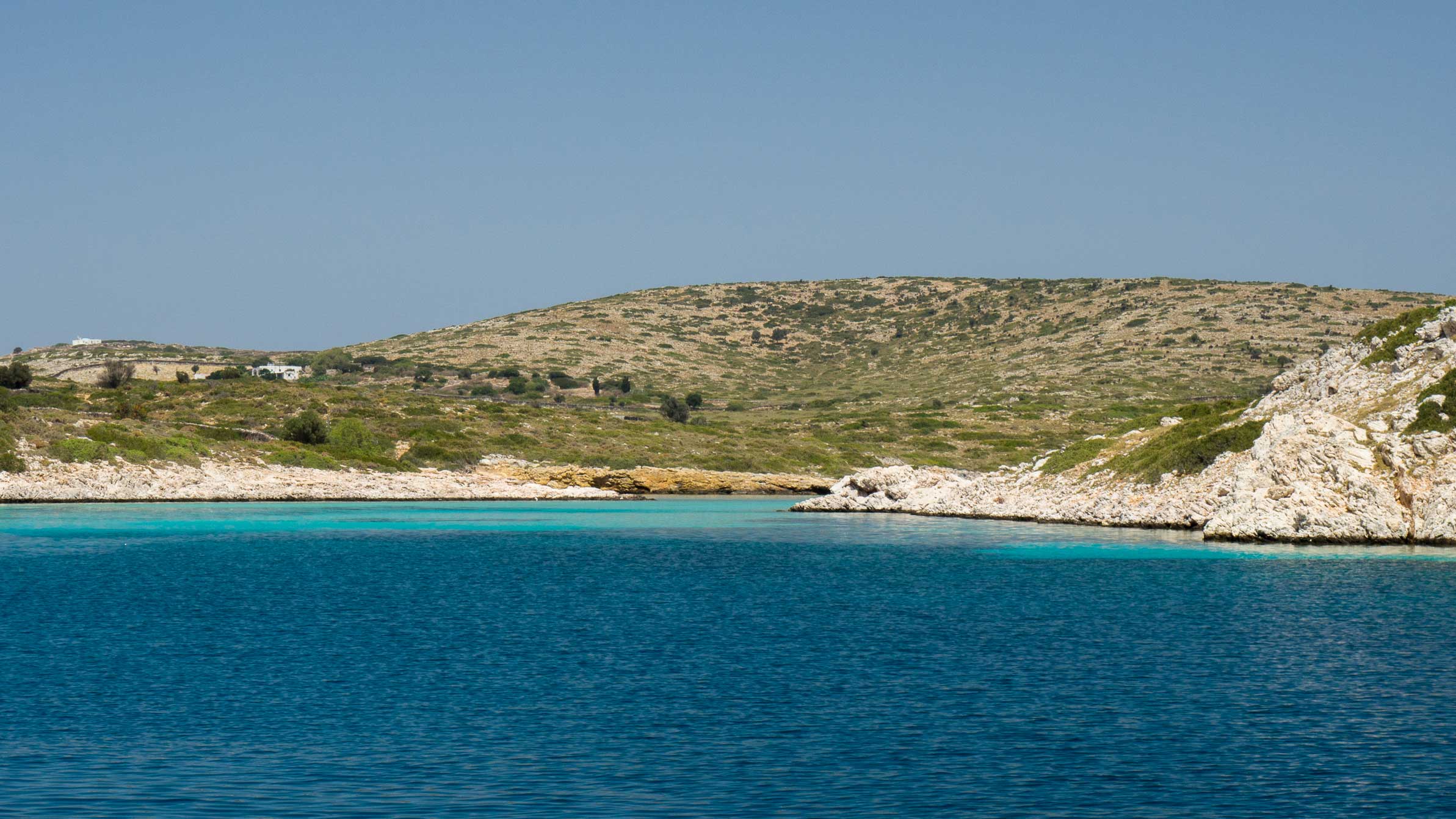
Why go: Scattered pieces of land in the Aegean, a miniature archipelago of deserted islands and rocky reefs form the utopia of Arki, where immaculate, uninhabited landscapes form three-quarters of the terrain. Tiganakia is one of the most beautiful beaches and Votsi cave in Halaro is well worth discovering. The church of Panagia Pantanassa is the most important religious monument of the island, where the annual traditional feast of the Virgin takes place on August 23, accompanied by traditional music, food and wine. Those who want to avoid the crowds are advised to visit Arki any month other than August, when the island is wall-to-wall with sailboats and yachts.
Travel tip: Arki is the biggest island of the Lipsi-Arki archipelago that comprises 37 islands and islets, of which only three are larger than one square kilometer and only two are inhabited.
Karpathos
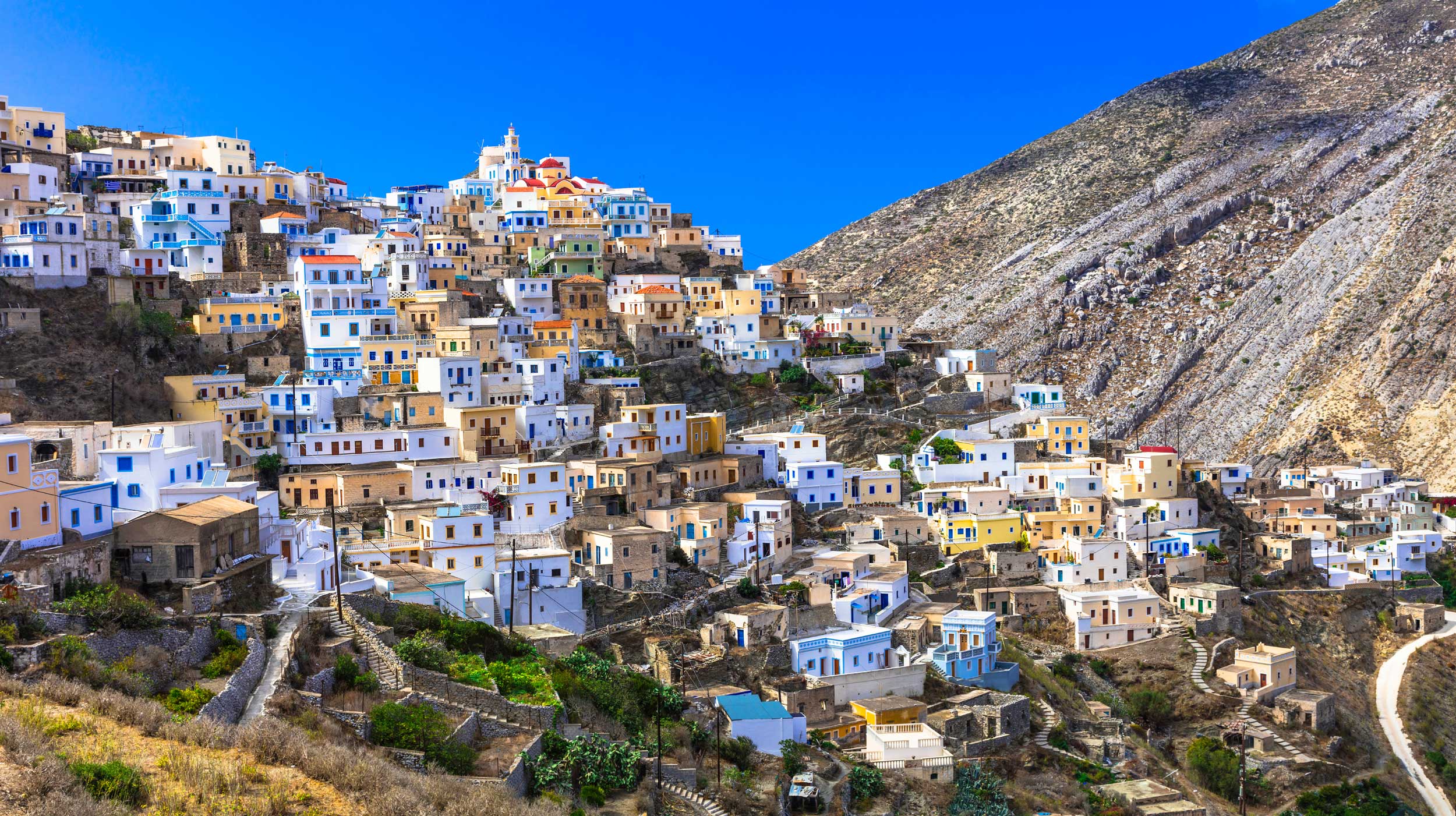
Why go: Recognised as the island of hospitality, Karpathos is dramatic and beautiful. It features the beaches of Apella, Damatria and Kyra Panagia, the scenery of Saria isle, the cobblestoned alleys of Olympos village, and incredible views of the Aegean from Pyles village. Its cultural appeal lies in the remnants of Vrikouda Acropolis, the imposing mansions of Valandou and the traditional festivals of Karpathos. Nature lovers can explore numerous paths ideal for hiking and mountain biking while windsurfers will enjoy a one-of-a-kind experience, as Karpathos is considered to be one of the windiest islands in the Mediterranean.
Travel tip: Karpathos is famous all over the Aegean for its festivals. The Karpathians have maintained their traditions and customs, as reflected by the number of feasts and festivals that are held every month. On August 15, the local celebration in honour of the Assumption of Virgin Mary takes place in the villages of Menetes, Olymbos and Pyles.
Nisyros
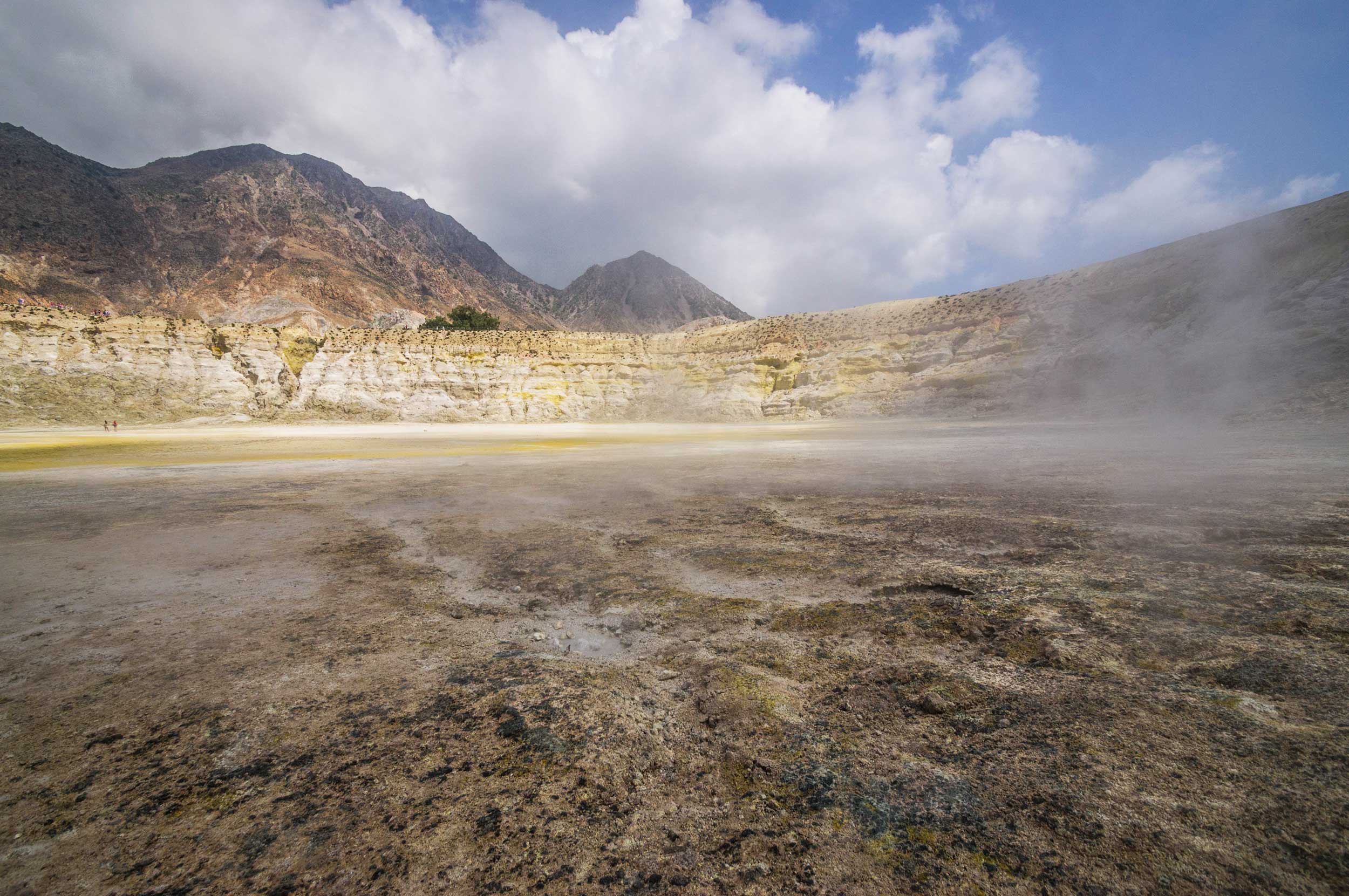
Why go: Nisyros is an island that hypnotises the traveller through the contrast between the lunar, volcanic inland scenery and the whitewashed houses lining the shores of the Aegean Sea. Nisyros’ volcano is the youngest in the Aegean, with a stunning 15,000-year-old caldera and a main crater that is one of the best-preserved hydrothermal craters in the world. Visitors should walk around the traditional settlement of Mandraki and a stop by Ilikiomeni Square before visiting the Municipal Thermal Baths, an impressive building that has been declared a historical monument by the Ministry of Culture. Visitors should also pay a visit to Panagia Spiliani Monastery, the religious centre of Nisyros, and the village of Nikia which offers panoramic views of the volcano. Porta square has been named one of the best traditional squares in Europe. As for Nisyros’ beaches, they are distinguishable by their black pebbles and dark blue waters; Pahia Ammos and Hohlaki are considered to be the best.
Travel tip: The Aegean volcanic arc extends for 450 kilometers from Methana to the island of Nisyros. The unique Volcanological Museum of Nisyros showcases the island’s volcanic activity and the Volcanological Observatory records data from all the active volcanoes of the Aegean arc.
Kalymnos

Why go: Home to more than 1300 climbing tracks, Kalymnos is a paradise for rock climbers, and is considered one of the best climbing destinations in Europe. It is also an exciting diving destination as its seabed is teeming with aquatic life. Visitors will have the opportunity to discover Kalymnos’ rich history in sponge diving at the Sponge Factory and the long tradition of seafaring at the Maritime Museum. One should also wander around Pothia, the lovely capital of Kalymnos, and enjoy a trip to Telendos Island, a true getaway escape.
Travel Tip: Kalymnos is the island of sponge diving that first appeared in the 19th century, when the Kalymnians started fishing sponges in the Aegean Sea, the coast of Asia Minor and Syria. During the Italian domination of the Dodecanese (1912), the inhabitants of Kalymnos increased from 5,000 to 23,000 as the industry grew due to the great demand of sponges during the industrial revolution era.
Rhodes
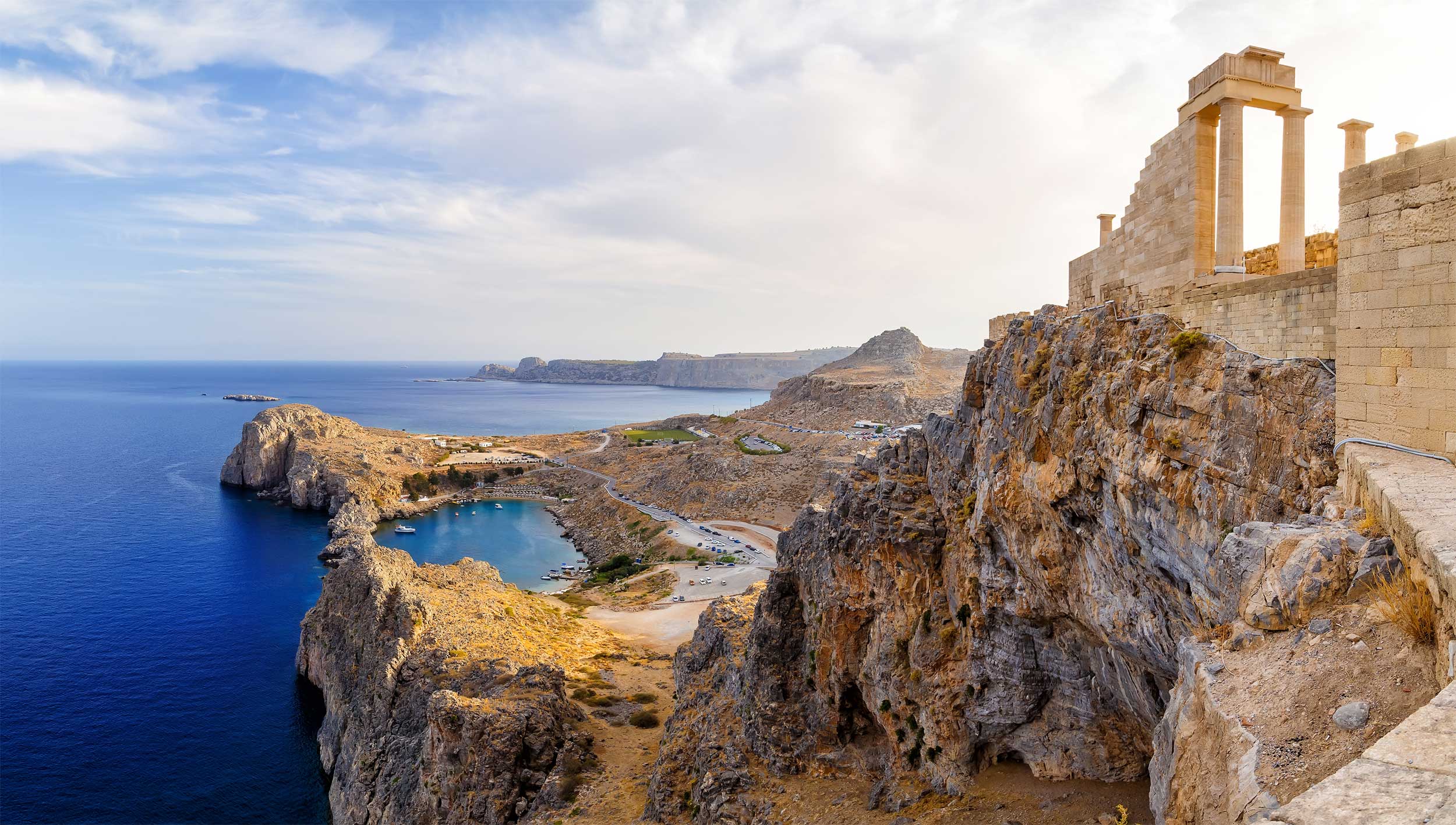
Why go: A fairytale atmosphere pervades the medieval city of Rhodes, one of the best-preserved medieval cities in Europe and a UNESCO World Heritage Site. The Street of the Knights will guide travellers to the Palace of the Grand Master, once the administrative quarters of the Knights of Saint John. But Lindos Acropolis steals the glory, being one of Greece’s most important archeological sites. Outdoor enthusiasts will appreciate the Valley of the Butterflies, Seven Springs, (an oasis of verdant vegetation), the dense forest of Phophet Elias and Rodiki Park, one of the oldest landscaped gardens in the world. Windsurfers and kitesurfers will enjoy the peninsula of Prasonisi Isle. Last of all, Rhodes has some of the finest beaches in the Mediterranean, such as Agios Pavlos, Anthony Quinn, and Tsambika.
Travel tip: Rhodes is famous for its superior quality honey, considered to be one of the best in the world due to the wild vegetation of the island — its mountains are full of herbs such as thyme, rosemary and oregano — and its sunny climate. The Museum of Honey, the only one in Greece, showcases the island’s history of beekeeping.
Patmos
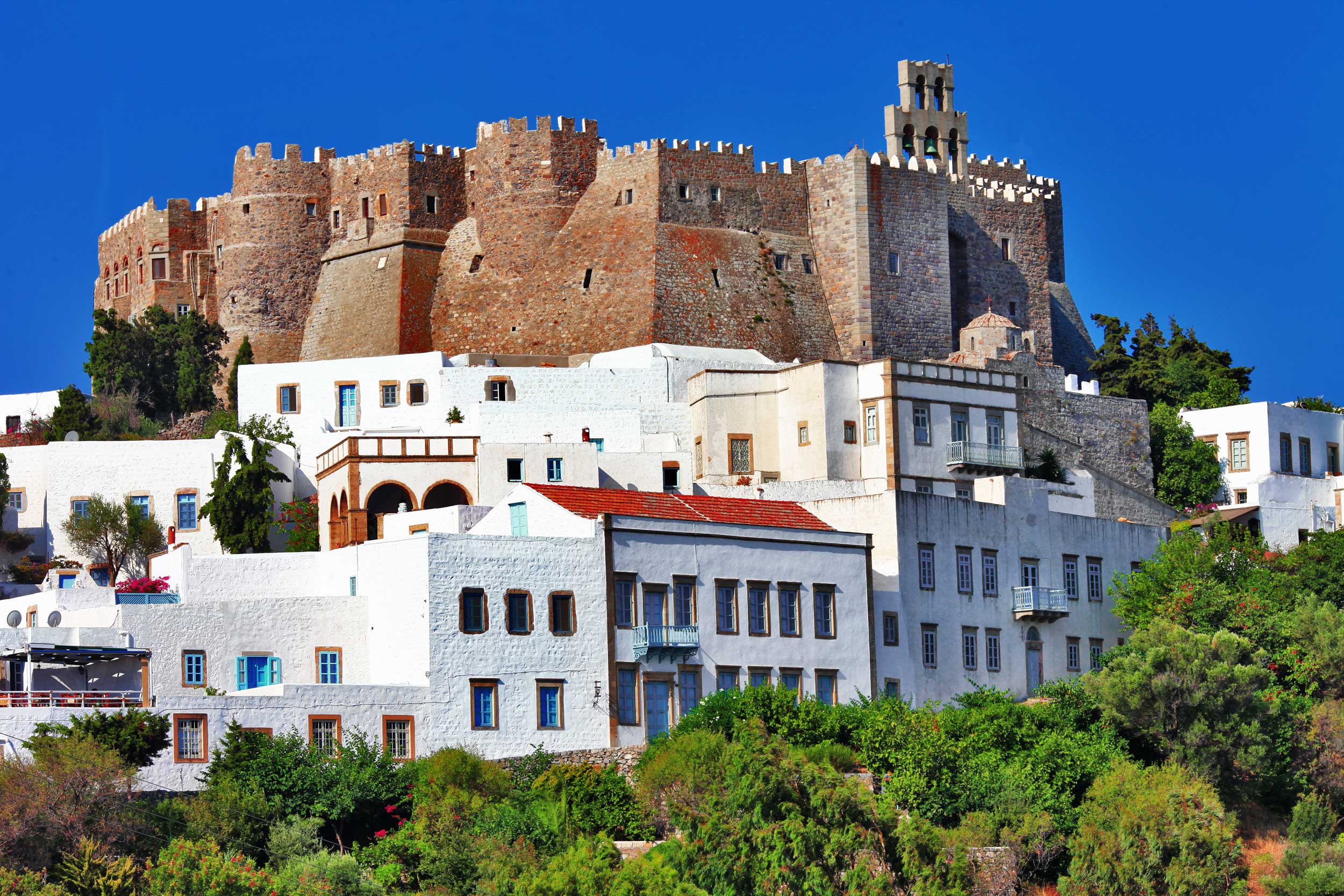
Why go: Life in Patmos centres around Hora, its capital, which is considered to be one of the most beautiful villages in the Aegean, and is the home of the fortified monastery of Saint John the Theologian. The beaches of Psili Ammos with its wild beauty, Didimes with its tranquility, Lefkes with its turquoise waters and Petra with its rocky sceneries will satisfy sun-loving visitors. A visit to Patmos would be incomplete without a journey to explore the unspoiled landscapes of the Arki isles. Patmos is an ideal destination for sailing enthusiasts.
Travel Tip: Easter celebration in Patmos is a one-of-a-kind experience given the importance of the island’s Monastery of Saint John. The ‘Liturgy of Love’ is the highlight, where the Gospel of the Resurrection is read in seven different languages.
Northeast Aegean Islands

Situated across the coast of Asia Minor, in a close proximity to Turkey’s mainland, the Northeast Aegean Islands invite travellers to experience the genuine soul of the Aegean Sea. Each and every island has its own distinct character with a rich cultural heritage and immense natural beauty sceneries.
Overview: A visit to the island of Lesvos enraptures visitors with the flavours of the local cuisine and the beauty of the mountains. Ikaria a is jewel with a distinctive local spirit while Fourni, used as a shelter from the pirates of Corsica, forms a miniature archipelago ideal for sailing explorations. Lemnos will charm travellers from with its volcanic landscapes and the sand dunes of Ammothines, Greece’s very own tiny Sahara. The island of Agios Efstratios is just a breath away. The atmospheric medieval villages on Chios, capture the senses, since the island is rich with the fragrances from the mastic trees of the southern side and the floral gardens and citrus orchards of Kambos. Standing alone in the archipelago, Psara makes an ideal hideaway where explorers can appreciate life’s simple pleasures. Another tiny archipelago, Oinouses, has a unique in the naval history of Greece. The legendary birthplace of Hera, the hometown of the mathematician Pythagoras and the astrophysicist Aristarchus, the island of Samos will intoxicate travellers with its verdant scenery and traditional settlements. Thasos, likewise, will delight nature lovers. Lastly Samothrace, the island of the Great Gods, is blessed with wild beauty, where visitors are greeted by the disarming gurgle of its waterfalls; the island has its own distinctive character, a different island from all the others.
Landscape: Ancient monuments, fortified villages, thermal springs, authentic experiences, delicious seafood and stunning scenery define Greece’s most remote island group.
Best for: Families, nature lovers and solo explorers seeking a relaxed break along the coast or in the mountains. Adventurers can enjoy a series of outdoor activities including bicycling, bird watching, hiking, mountain biking and windsurfing.
Budget: Accommodation offered spans mostly two- to four-star hotels, with an exception of a few boutique hotels and luxury resorts. Though, there are some camping sites, traditional lodges, studios and rooms to let.
Postcard image: Walking one of hiking routes that winds between the woods and the waterfalls of Samothrace’s hinterland.
Chios

Why go: Chios is worldwide known for its mastic, the natural resin of the Pistacia Lentiscus Var Chia tree, which is protected by the European Union. The beach of Mavra Volia features unique black pebbles that were created from the volcanic eruption of Psaronas’ dormant volcano, while the medieval settlement of Anavatos wows visitors with its unique cliff-top location. The New Monastery of Chios is proudly a UNESCO World Heritage Site and Chios Castle remains one of the most imposing castles built by the Genoese. The valley of Kambos is famous for its citrus orchards and its colorful mansions while Mesta village is the best preserved medieval village, complete with mastic trees.
Travel tip: Although the mastic tree can be found around the Mediterranean Sea, the mastic resin only grows in the southern part of Chios. The Chios Mastic Museum in Rachi village showcases the history of the plant’s cultivation on the island.
Ikaria
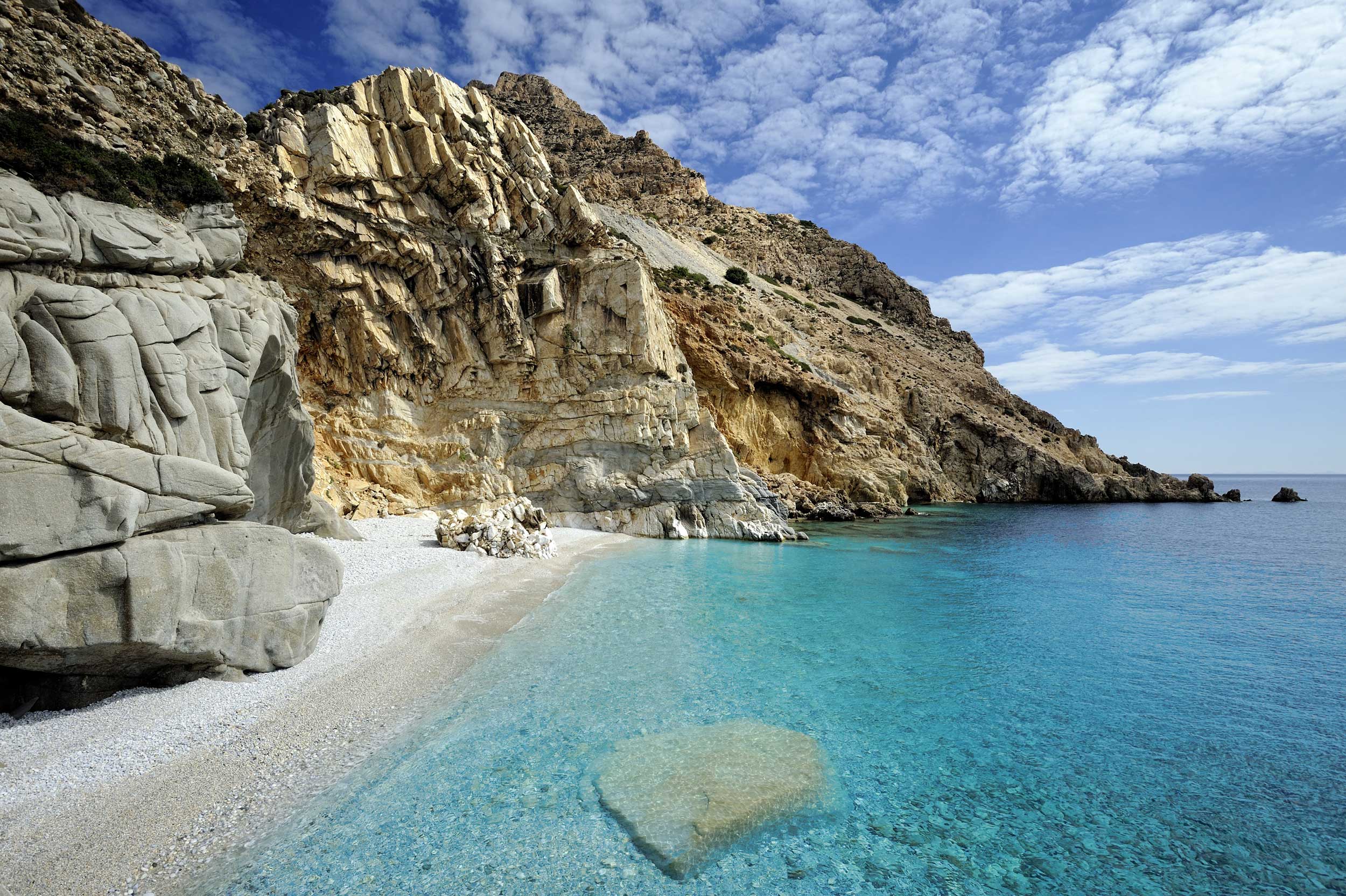
Why go: It is still a mystery as to why the inhabitants of Ikaria have a longer than average life expectancy. It might be due to its position as one of the most remote islands of Greece, which features the white cliffs and sapphire waters of Seychelles beach and the ancient Randi oak forest, believed to be over 5 million years old. Ikaria’s thermal springs are considered to be among the most radioactive springs in the world and Christos Rahon village exerts a unique philosophy of life, where shops remain open after the sunset. Halari Gorge is the top spot for hikers. The Ikarians may never reveal their secret of longevity, but visitors will appreciate their distinctive way of living.
Travel tip: Ikarian festivals are the best way for travellers to discover the true spirit of the island; local people will offer to share the red wine that they produce in their own vineyards while visitors volunteer to prepare a meat feast.
Lemnos

Why go: Volcanic formations, secluded coves and sheltered gulfs, thermal springs, tropical dunes and petrified forests entice visitors to Lemnos. Myrina, its capital, is a picturesque settlement while on the northeastern side, the Hephaestia Archaeological Site was once an important town during the Classical period. Located inside a rock cavity, the church of Panagia Kakaviotissa is one of the most impressive churches in Aegean. Explorers can take to the sand dunes and experience a peculiar landscape that forms one of the only two deserts in Europe. Alyki Wetland is an important ecosystem that serves as a shelter for migratory species, and is the site of the largest seasonal gathering of flamingos in all of Greece.
Travel tip: Kalathaki, meaning ‘small basket’, is a white cheese made from fresh sheep and goats’ milk and has a mild yet very distinctive flavour. Following traditional techniques, cheese-makers puts the curd mass into small baskets, where the cheese takes its final shape, and ripens for 60 days.
Samothrace
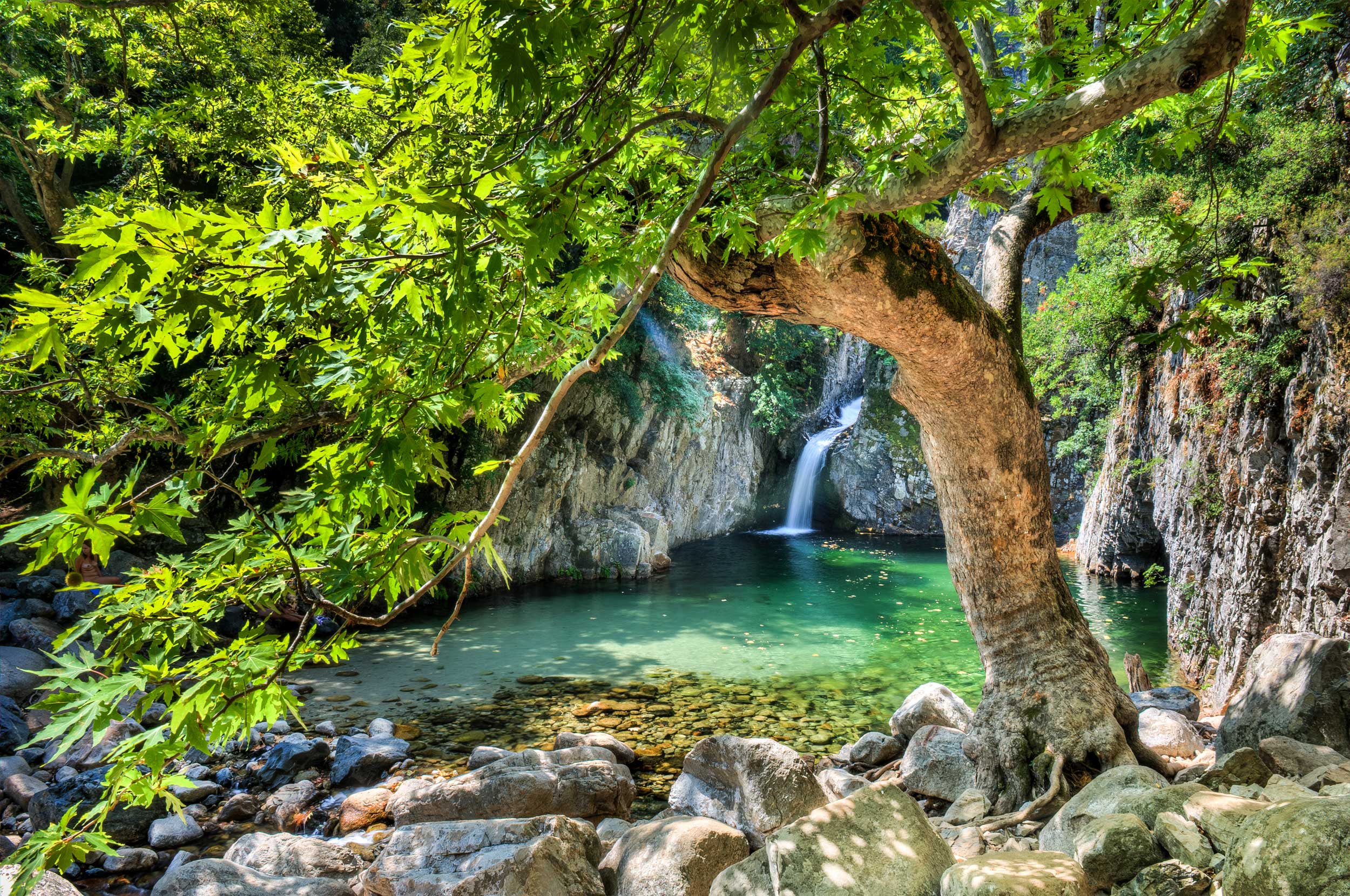
Why go: The steep, rocky slopes of Mount Saos give rise to lush canyons and sheer cliffs with numerous springs and waterfalls that descend to the Aegean Sea and Martini Forest is so dense that it resembles a verdant jungle. Vdelolimni Wetland, which serves as a shelter for migratory bird species, together with the sulphur springs of Therma make Samothrace an island like no other. This is the reason why a large part of Samothrace has been classified as a protected area by the European Network of NATURA 2000.
Travel tip: Samothrace is home to an estimated 100,000 goats. The traditional taverns in Prophet Elias village are famous for their delicious dish of katsiki yemisto — goat stuffed with rice, onions, mint, oregano and fennel.
